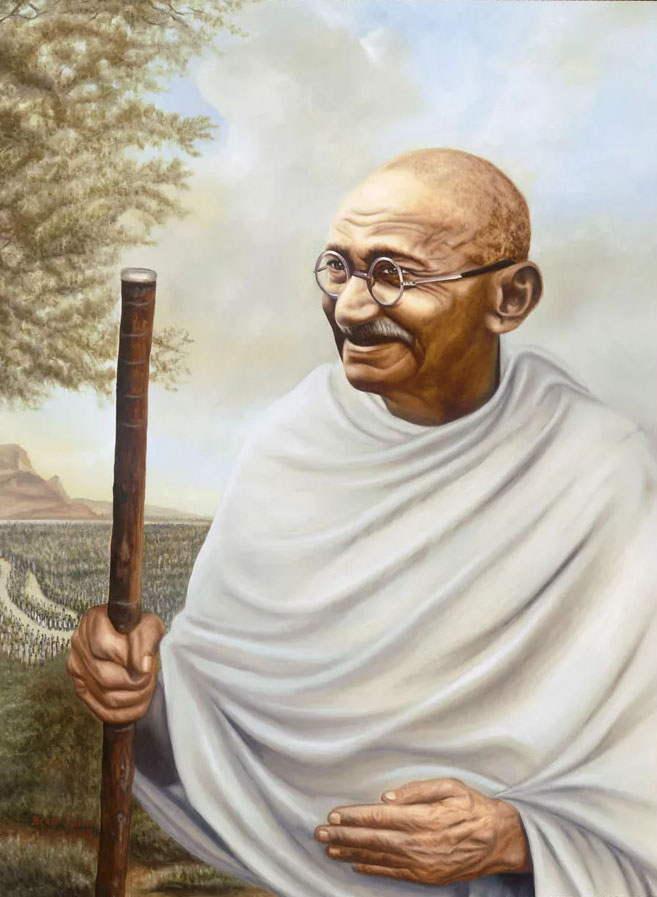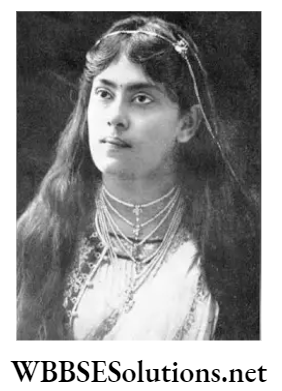Chapter 8 Post Colonial India Second Half Of The 20th Century 1947-1964 Topic A Accession Of Princely States Into The Indian Union
Class 10 History Solution Wbbse
Question 1 Write a note on the problems that were faced by the newly formed Indian Union.
Answer:
The problems that were faced by the newly formed Indian Union:
India gained freedom from British rule on August 15, 1947. Several problems cropped up consequently in this newly independent India.
[1] Communal riots: Communal riots which had already spread throughout India in 1946, took a serious turn in several areas of eastern India, where Hindus and Muslims clashed with each other, and in parts of northwestern India, where Muslims clashed against Hindus and Sikhs. Even after India attained independence, these riots did not die down.
[2] Incorporation of the princely states: Prior to India’s attainment of independence, there existed about 600 princely states within the Indian subcontinent. Among them, some of the major princely states such as Kashmir, Junagadh, Hyderabad, etc., refused to join the Indian Union.
[3] Partition of India and refugee problem: The refugee problem that arose due to the Partition of India posed a serios problem. The refugee problem was particularly severe in and around West Bengal, Tripura, Assam, Punjab, etc.
[4] Food shortage: The production of food in India was severely hampered in India due to the Partition. Thus, there was a shortage of food in the newly formed Indian Union.
[5] Economic crisis: As the newly formed Indian Union was also very weak in the economic front, sectors of agriculture, industry, trade and commerce suffered severely.
[6] Problems regarding national unity: Regional and cultural problems became acute in different parts of India. Movements were launched with demands for separate states on the basis of language and culture.
Read and Learn More WBBSE Class 10 History Long Answer Questions
Question 2 How did the government of India tackle the question of integrating the princely states into the Indian Union?
Answer:
The government of India tackle the question of integrating the princely states into the Indian Union:
After the independence of India, the incorporation of the princely states posed a big problem. At the time of the transfer of power, the British government left these princely states free to join India or Pakistan.
All the states of free India, except Kashmir, Hyderabad, and Junagadh, immediately joined the Indian Union. Sardar Vallabhbhai Patel drafted the Instrument of Accession according to which the states were to be given freedom in their internal affairs and the Union Government was to have control over the defense and foreign policy of these states.
Most of the 562 states signed the Instrument of Accession. However, Junagadh, Hyderabad, and Kashmir did not agree to join India. The Indian troops invaded and occupied Junagadh.
Read more


